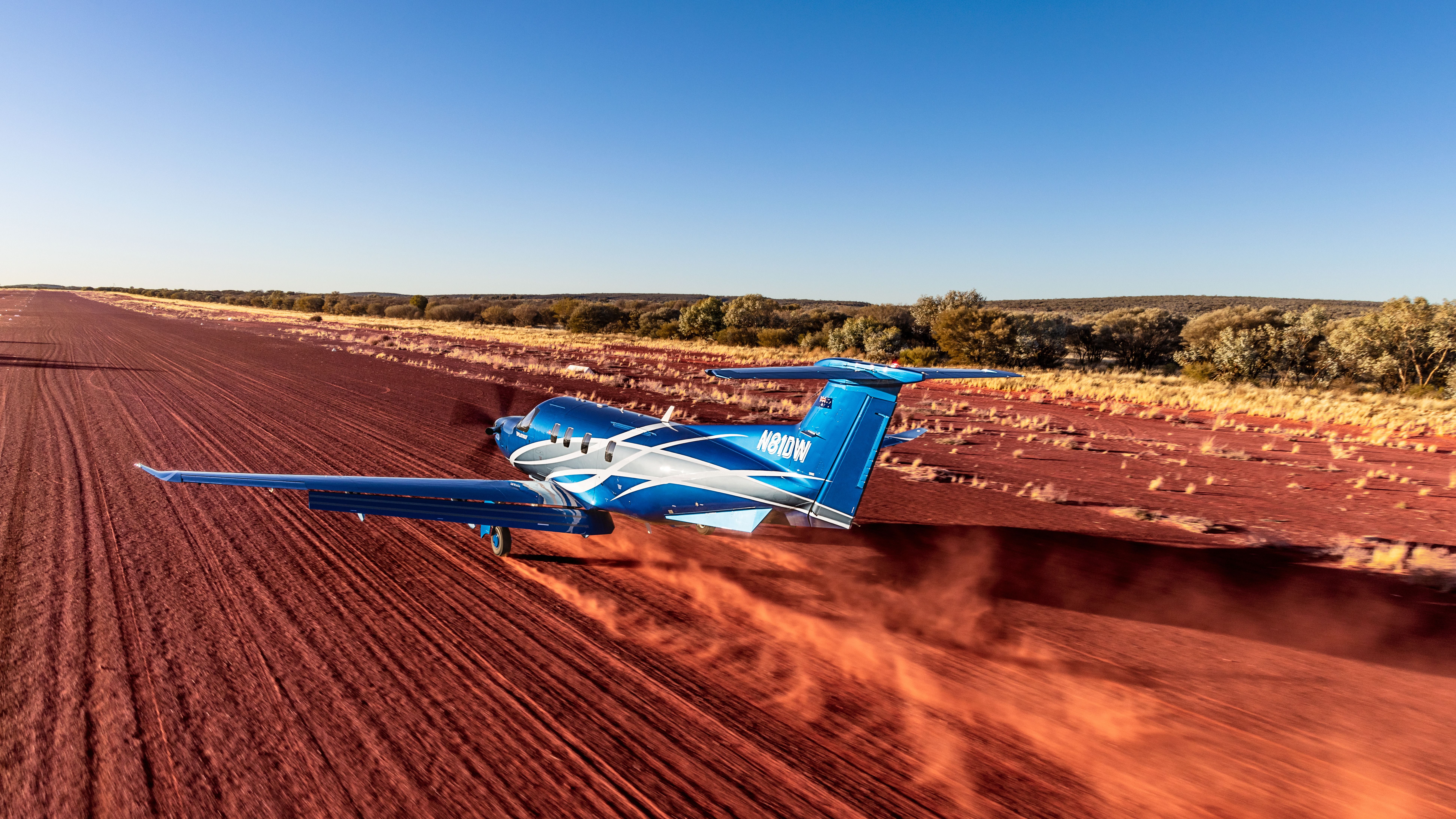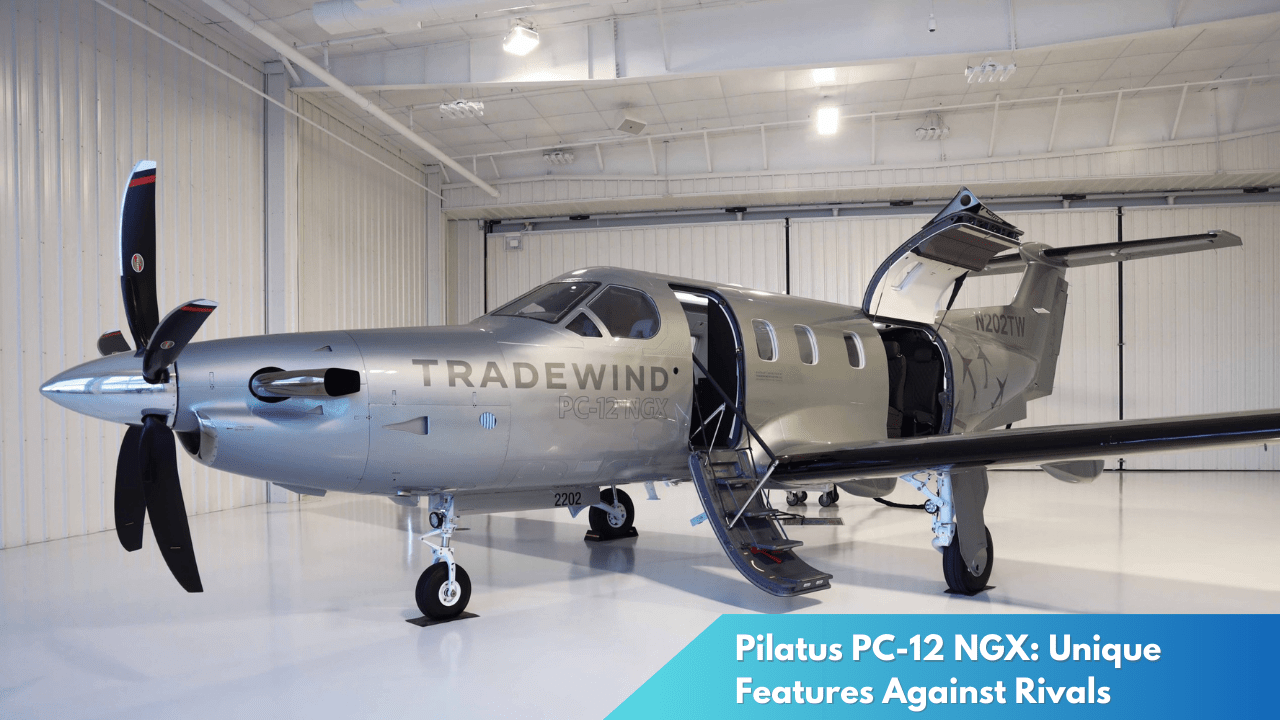Pilatus PC-12 NGX: Unique Features Against Rivals
In the realm of single-engine turboprop aircraft, the Pilatus PC-12 NGX has emerged as a formidable competitor, setting new standards for performance, versatility, and luxury. While the aviation market is saturated with numerous contenders, the PC-12 NGX distinguishes itself through a combination of advanced engineering and thoughtful design. This aircraft not only meets the demands of various operators but surpasses expectations, proving that innovation remains at the forefront of Pilatus’s mission. In this article, we explore what makes the PC-12 NGX a standout choice among its rivals and how its cutting-edge features contribute to its unique position in the aviation world.
Pilatus PC-12 NGX: A Standout in its Class

The Pilatus PC-12 NGX has quickly garnered attention within the aviation industry due to its exceptional versatility and reliability. Its ability to operate from short and unimproved runways opens a world of possibilities for operators, from corporate executives seeking efficiency to medical emergency services requiring quick access to remote locations. The PC-12 NGX’s rugged design ensures that it remains a reliable workhorse, capable of performing in a variety of conditions where other aircraft might falter. This versatility is a key factor that sets the PC-12 NGX apart from its competition, providing unmatched operational flexibility.
Beyond its operational prowess, the PC-12 NGX offers a blend of performance and comfort that is hard to match. With a maximum cruise speed of 290 knots and a range of 1,803 nautical miles, it is designed to cover significant distances efficiently, making it ideal for regional and even transcontinental flights. The aircraft’s spacious cabin, with seating for up to nine passengers, is further enhanced by larger windows and a quieter interior, ensuring that passengers enjoy a comfortable journey. These attributes, combined with an impressive payload capacity, allow the PC-12 NGX to compete effectively against twin-engine alternatives, offering similar capabilities at a lower operating cost.
The PC-12 NGX also stands out due to its advanced avionics suite, which enhances safety and reduces pilot workload. The Honeywell Primus Epic 2.0 system provides intuitive controls, coupled with features such as autothrottle and advanced weather radar, ensuring that pilots have comprehensive situational awareness at their fingertips. This cutting-edge technology not only improves flight efficiency but also contributes to increased operational safety, a critical consideration for any aircraft. As such, the PC-12 NGX continues to uphold Pilatus’s reputation for producing aircraft that are as dependable as they are innovative.
Cutting-Edge Features Elevate the PC-12 NGX

One of the most significant innovations in the PC-12 NGX is its new engine, the Pratt & Whitney Canada PT6E-67XP, which offers improved fuel efficiency and increased power. This engine incorporates a digital electronic engine control system, a first in the single-engine turboprop market, allowing for smoother and more precise engine management. This modernization not only optimizes performance but also simplifies maintenance and extends the service life of the aircraft, making the PC-12 NGX a cost-effective choice for operators seeking to maximize their return on investment.
The incorporation of an autothrottle system is another noteworthy feature of the PC-12 NGX, providing pilots with an automated means of managing engine thrust, thereby reducing workload and enhancing safety. This system is particularly beneficial during critical phases of flight, such as takeoff and landing, where precise engine control is crucial. The autothrottle also works seamlessly with the aircraft’s avionics, ensuring smooth transitions and contributing to a more efficient and safer flight experience. This level of automation is rarely found in single-engine turboprop aircraft, highlighting Pilatus’s commitment to integrating advanced technologies.
Additionally, the PC-12 NGX’s passenger experience has been significantly upgraded through the inclusion of larger cabin windows that allow more natural light, creating a more pleasant and open interior ambiance. The aircraft also features a noise reduction system, providing a quieter cabin that enhances passenger comfort over long distances. These improvements are aimed at providing a superior level of comfort typically associated with larger business jets, yet at a fraction of the cost. By focusing on both technological advancements and passenger comfort, the PC-12 NGX sets new benchmarks that its competitors strive to achieve.
In an arena populated by a multitude of capable aircraft, the Pilatus PC-12 NGX has carved out a unique position for itself, thanks to its advanced technology, superior performance, and unparalleled versatility. It serves a wide array of missions, from business aviation to special medical and rescue operations, proving its adaptability and reliability. With its state-of-the-art features and emphasis on passenger comfort, the PC-12 NGX represents a significant leap forward in the single-engine turboprop market. As the demands of the aviation industry continue to evolve, the PC-12 NGX stands ready to meet these challenges, solidifying its status as a leader in its class.



